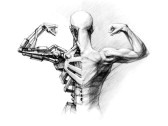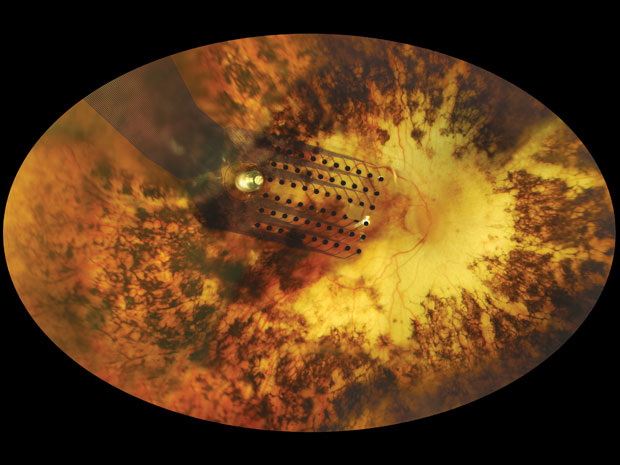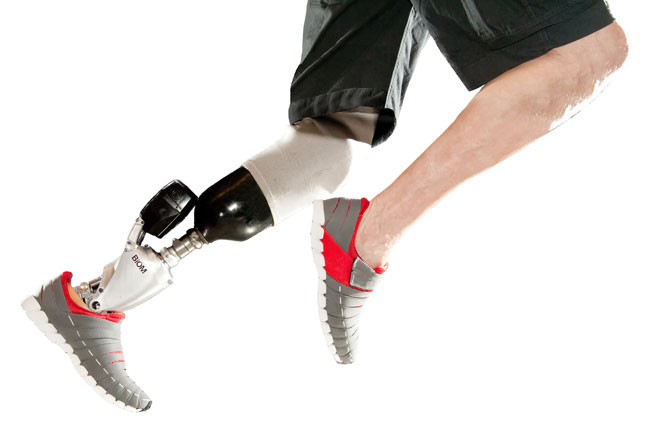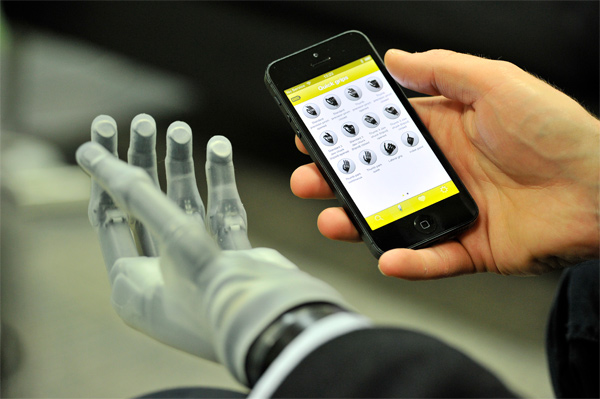More than human
 News headlines are full of messages about new smartphones with 15 cores and gigabytes of internal memory, about laptops that the best gymnasts in the world would envy. But at the same time, as some companies are preoccupied with screen resolutions and the number of cores of their future devices, others set themselves completely different, truly impressive tasks, such as populating Mars by 2030 or by personal avatar to every person by 2045. But the latter do not have enough funds to promote their inventions and ideas in the media, and all references to their developments, for the most part, do not go beyond university blogs and specialized sites. If you, just like me, are interested in how close humanity has come to a technological singularity, welcome!
News headlines are full of messages about new smartphones with 15 cores and gigabytes of internal memory, about laptops that the best gymnasts in the world would envy. But at the same time, as some companies are preoccupied with screen resolutions and the number of cores of their future devices, others set themselves completely different, truly impressive tasks, such as populating Mars by 2030 or by personal avatar to every person by 2045. But the latter do not have enough funds to promote their inventions and ideas in the media, and all references to their developments, for the most part, do not go beyond university blogs and specialized sites. If you, just like me, are interested in how close humanity has come to a technological singularity, welcome!Bionic eye

Already this year, Second Sight Medical Products launches eye implants on the US market that can restore vision to blind people. The device is not yet universal, and can only help people who have degradation of the photoreceptors of the retina (in America alone, this disease is observed in 200,000 people). Special electrodes replace damaged photoreceptors and send signals coming from an external camera attached to the glasses to the optic nerve.
Biom

Until recently, artificial legs were a piece of wood or plastic, and they could be called a full replacement only with a very big stretch. But BiOM is a prosthesis of a completely different level. It consists of many sensors and microprocessors, and built-in motors help to take every step. The iWalk company that developed this prosthesis was founded by Professor Hugh Herr, who taught at MIT, and who lost both legs due to frostbite. But this accident not only did not break him, but also inspired the study of Biomechanics and the creation of a prosthesis that could fully replace a lost leg.
Demonstration of the device
i-limb ™ ultra

In my last article, I talked about a project by Italian scientists to decipher nerve impulses going to the hand in order to control the prosthesis of the hand only by the power of thought. But since their project is still far from complete, Touch Bionics' solution looks quite convenient. Especially for their prostheses, they released a mobile application ( biosim , iOS) that allows you to control the prosthesis from your phone. The application provides quick access to 24 different options for the position of the artificial brush.
3D printing of human stem cells

3-D printing is used to print a lot of things, starting with the figures of the master Yoda, and ending with parts of the human body and food . But the most unusual and possibly the most useful application is stem cell printing of human tissues and organs. This will be possible thanks to a group of Scottish scientists working at Heriot-Watt University. They developed a special valve for stem cell printing, and conducted the first tests by printing viable cell spheroids of the same size. And spheroids are small bricks for building a cell, and later on, tissue and organ.
Detailed description of the printing process. (PDF, 2.11 MB)
Implantable optoelectronics

Optogenetics allows the use of light to monitor and control the activity of individual parts of the brain, which can lead to a real breakthrough in the treatment of Parkinson's disease, drug addiction, depression and spinal cord injuries.
Optogenetics, Wikipedia article
But this method requires a genetic modification of nerve cells and their subsequent connection to optical fibers and electrical wires. During the experiments, bulky wires emerging from the animal’s skull prevented its movement and did not allow to achieve positive results. Now, thanks to the joint development of scientists from the University of Illinois-Urbana Champaign and Washington University-St. Louis, this problem is resolved. Their device, with a thickness of only 20 microns, can be implanted not only in the brain, but also in other tissues.Optogenetics - a technique for studying the work of nerve cells, which consists in introducing special channels into their membrane - opsins, which respond to excitation by light. For the expression of channels, genetic engineering methods are used, for the subsequent activation or inhibition of neurons and networks, lasers, optical fiber and other optical equipment are used.
Conclusion
Can't carry the load - reinvent the wheel. You can’t catch food - invent a spear. Limitations!
No limits, no progress. No progress - culture rots.
post scriptum
If you have bookmarks with a couple of news sites with similar articles, or blogs of any universities leading developments in the field of bioengineering or bionics, in English, Italian and any other language, send them either via private messages or by nikolay .slavin @ gmail.com .
Everything will be read by me, translated and added in the following articles.
Thanks.
Everything will be read by me, translated and added in the following articles.
Thanks.
